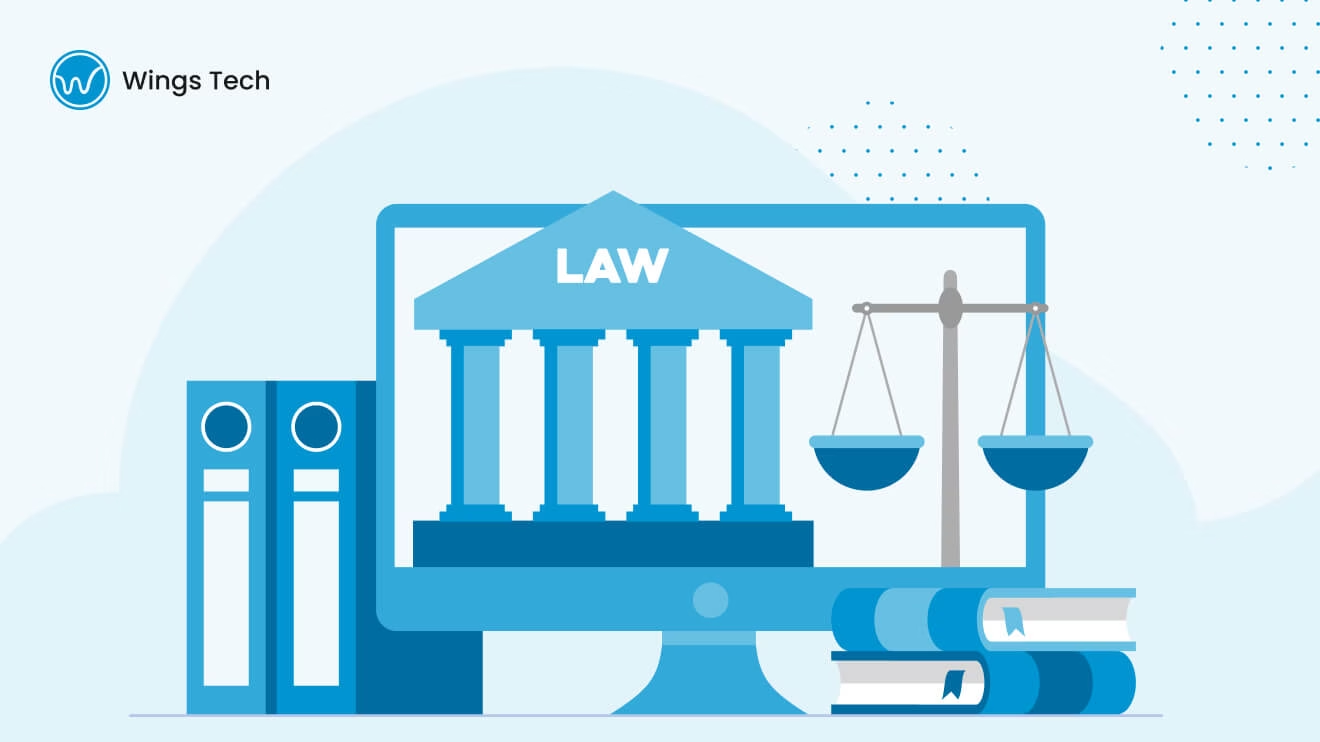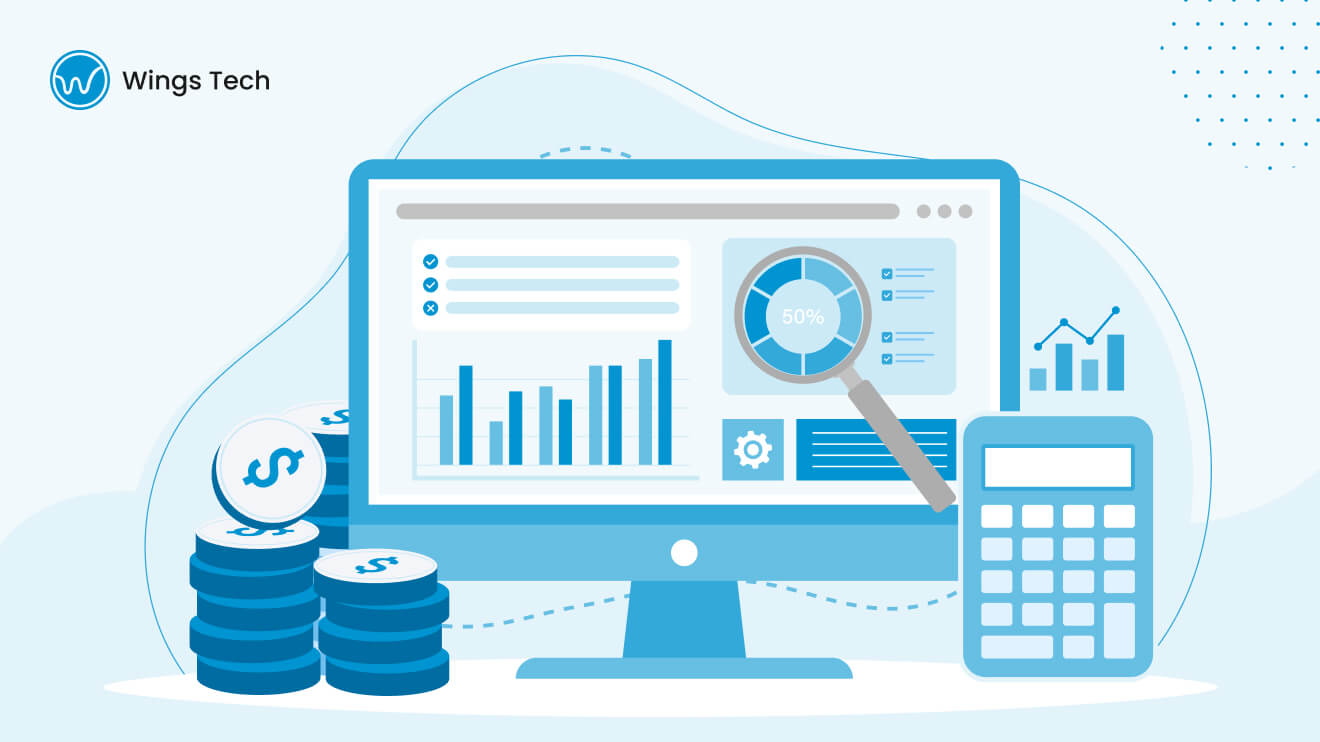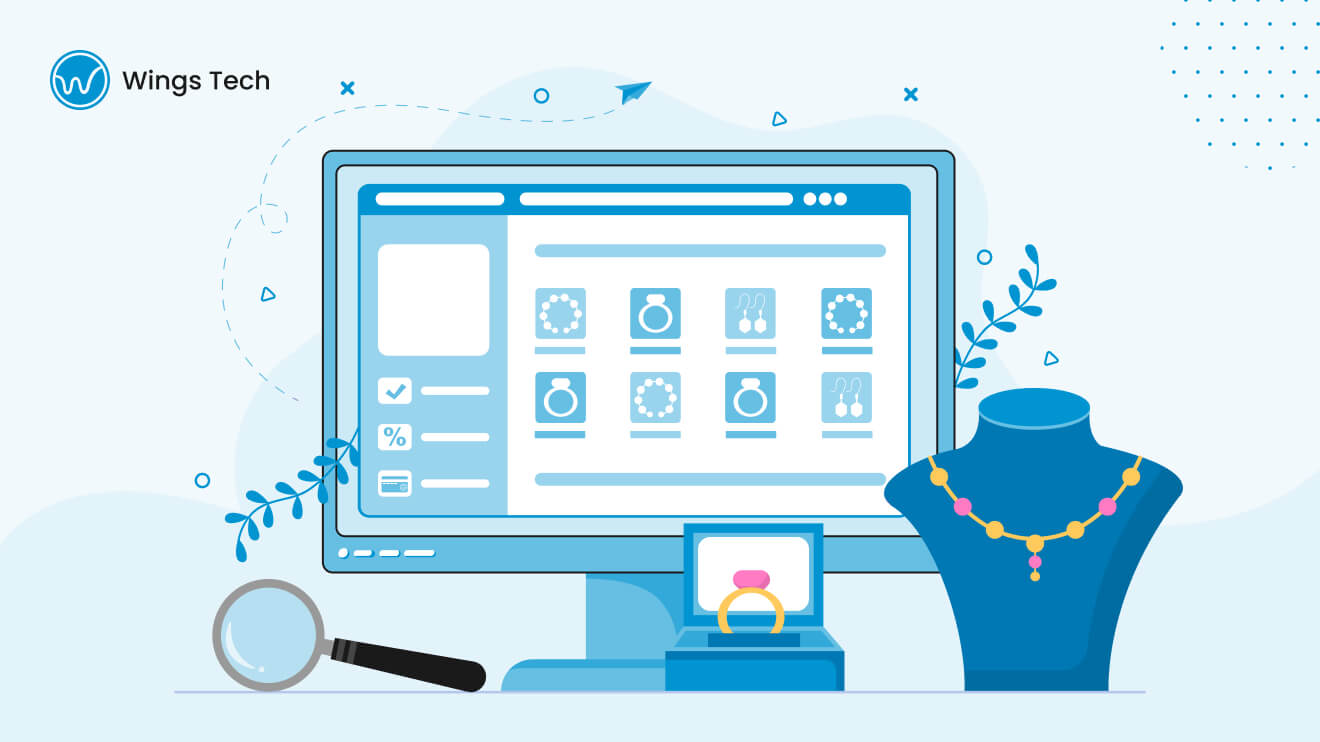Table of Contents
When it comes to web development, there are a lot of specialties and sub-specialties. From front-end to back-end, there’s a lot to know. But what if you want to know it all? That’s where full-stack development comes in.
Full-stack development is the practice of developing both the front-end and back-end of a website or application. A full-stack developer is somebody who is well-versed in all aspects of web development, from the initial design to the finished product. They have a deep understanding of how the different pieces fit together, and they’re able to work on all parts of the project with relative ease.
What is Full Stack Development?

Full stack development is a comprehensive approach to web development that includes both the client-side and server-side of an application.
Full-stack developers need to have a good understanding of both front-end, back-end, and database technologies. On the front end, this means being proficient in HTML, CSS, and JavaScript. On the back end, they need to know how to use server-side languages like PHP, Ruby on Rails, and Node.js. They should also be familiar with database technologies such as MySQL, MongoDB, and Oracle.
A full stack developer wears many hats, as they need to be knowledgeable about all aspects of web development. This includes everything from the user experience (UX) and user interface (UI) design to database management and security. They need to be able to not only build a website or application from scratch but also maintain and grow it over time.
What is Front-end Development?
Front-end development is the process of creating user interfaces(UI). These user interfaces are what the user actually interacts with when they visit a website or application. Front-end developers create designs, coding, and content to make sure that users can navigate these websites and applications easily and effectively.
The front-end developer codes using HTML, CSS, and JavaScript to create the visuals of a website or custom web application. They also ensure that the site works properly across different browsers and devices. Front-end developers need to stay up-to-date on the latest web technologies in order to ensure their websites are secure and efficient for users. Additionally, they are responsible for troubleshooting and debugging any issues that arise with the website or application.
Front-end Development Technologies
HTML/CSS
Hypertext Markup Language (HTML) is the standard markup language for creating web pages and web applications. Cascading Style Sheets (CSS) is a style sheet language used for describing the presentation of a document written in HTML or XML.
JavaScript
JavaScript is a programming language that is primarily used to create interactive effects within web browsers.
jQuery
jQuery is a fast, small, and feature-rich JavaScript library. It makes things like HTML document traversal and manipulation, event handling, animation, and Ajax much simpler with an easy-to-use API that works across a multitude of browsers.
ReactJS
ReactJS is an open-source JavaScript library that is used for building user interfaces and reusable UI components. It does this by allowing developers to break down their page into individual components, each with its own set of properties and functions. This makes it easier for developers to make changes to the UI without having to rewrite the entire codebase.
AngularJS
AngularJS is an open-source front-end web development framework based on JavaScript. It has been released in 2009 by Google, and it is used for creating dynamic single-page applications. The framework offers an MVC architecture, which stands for Model View Controller, as well as two-way data binding and dependency injection.
VueJS
VueJS is a powerful JavaScript library that makes it easier to develop interactive web applications. Its main feature is its reactive data-binding capabilities, allowing developers to declare changes and have them automatically reflected in the application’s view layer. This eliminates the need for manually manipulating DOM elements and allows for quicker development cycles.
Bootstrap
Bootstrap is the most popular HTML, CSS, and JavaScript framework for developing responsive, mobile-first websites.
What is Back-end Development?
Back-end development is the process of developing the server-side components that handle the data and functions of a website or web application. It involves working with scripting languages, databases, operating systems, and more to create user experiences that are dynamic and interactive. This type of development focuses on creating processes and services that enable the front-end design to function properly.
It’s mainly responsible for the stability and security of a website or web application, as well as the underlying infrastructure that enables it to run without interruption. Without proper back-end development, even the most beautiful user interfaces would be unable to operate correctly or securely.
Back-end Development Technologies
PHP
PHP is a server-side scripting language that is used to develop dynamic web pages.
Python
Python is a versatile backend language used in many types of software development projects. It is popular due to its easy-to-learn syntax and wide range of libraries that make coding faster and easier. With Python, developers can create web applications, APIs, scripts, data pipelines, and more.
Java
Java is a popular choice for developing the backend of web applications, as it offers a number of useful features such as being highly scalable, having excellent performance, and providing support for enterprise technologies.
NodeJS
Nodejs is an open-source, cross-platform JavaScript runtime environment that allows developers to build and execute code with ease. It works on a single-thread event loop model, which makes it capable of handling powerful applications in the backend as well as providing scalability across multiple servers.
ExpressJS
Express is an open-source web application framework for Node.js that provides a robust set of features for web and mobile applications. It enables developers to quickly create powerful APIs with minimal effort. The core of Express allows developers to define routes that can be used to get requests from users and send back responses.
What is Database Development?
Database development is the process of designing, implementing, and managing databases for businesses or organizations. Database developers are responsible for creating secure systems to store and manage large amounts of data.
They also design database structures that are optimized to efficiently access stored information. The development process includes developing physical database models, writing SQL queries, and coding triggers to ensure data integrity.
Database Development Technologies
MySQL
MySQL is a database management system (DBMS) that uses structured query language (SQL). It stores data in tables, which can be accessed via PHP code.
MongoDB
It is a powerful and versatile database system used by applications all over the world. It provides an easy-to-use interface for managing data, and its scalability makes it an ideal choice for large applications with heavy demand. Additionally, MongoDB is highly secure, allowing organizations to trust that their data will remain safe and confidential.
Oracle
Oracle Database is an enterprise-level relational database management system (RDBMS) developed and marketed by Oracle Corporation. It supports multi-model data management, allowing users to store structured, unstructured, related, and non-related data in the same database.
Perks of a Full Stack Developer
- A comprehensive understanding of how a website or application works.
- You will be able to develop a website or application from start to finish on your own.
- Command a higher salary because full-stack developers are in such high demand.
Becoming a full-stack developer takes time, effort, and dedication. If you’re just starting in web development, it’s important to get a solid foundation in both front-end and back-end technologies before you try to tackle everything at once. Once you have that foundation in place, you can start branching out and learning new technologies as needed. The key is to never stop learning; as new technologies emerge (which happens quite often in the world of web development), make sure you’re keeping up with the latest trends so that you can always offer your clients or employer the best possible solution.










